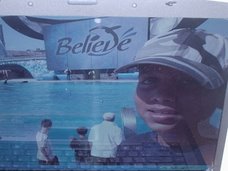Deprived of access to resources and economic means of livelihood, India’s rural communities forced to solve problems through traditional knowledge, experience, experimentation and adaptation for their sustainable livelihood. However, lack of documentation, global competition and appropriation of resources and knowledge by global forces leads to gradual erosion of traditional genetic resources. India is behind the rest of the world in formalizing the inventions and technologies of its citizens through patents, both quantitatively and qualitatively. In addition, when low values are attached to traditional practices, it causes a lack of incentive to cultivate and conserve them. Very limited efforts have been directed towards (i) testing the concepts and products of traditional medicine from a scientific standpoint, (ii) characterizing products at the molecular level; (iii) developing new products (or product formulations) which are far simpler, more benign and effective than that used in the traditional form.
One way to ensure this would be to add value to this knowledge base, to generate commercial as well as non-commercial returns and to ensure that people have a reasonable stake and share in the income so generated. Unless some value addition takes place locally, the trickle down of the benefits is generally low. In addition, if the providers of knowledge and conservators of resources do not have a stake in the institutions, which add value to their knowledge and creativity, it is unlikely that their gains will be durable and substantial.




